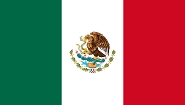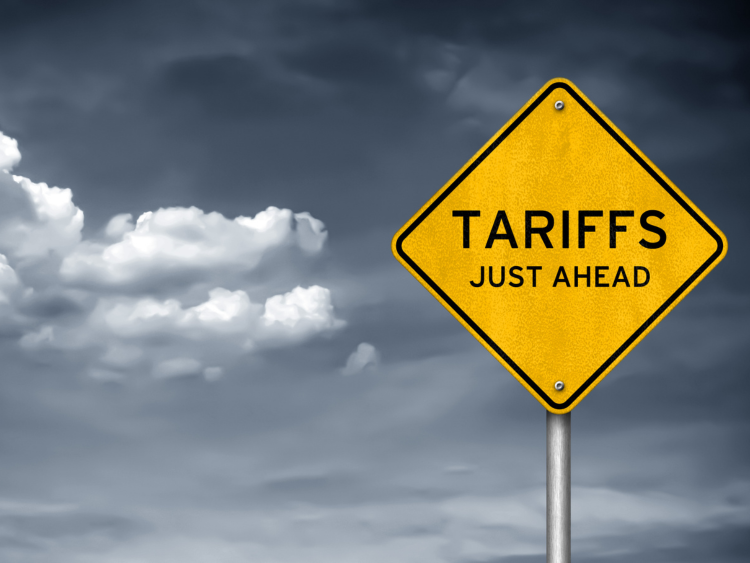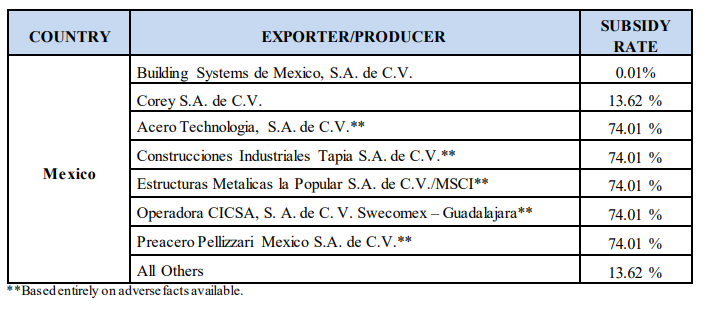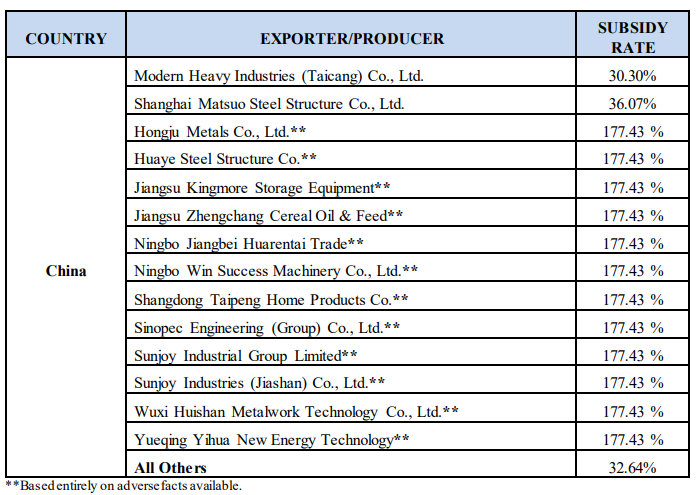Trade Cases

Commerce Issues CVDs on Fabricated Structural Steel from Mexico
Written by Sandy Williams
July 9, 2019
A new tariff on fabricated structural steel from Mexico adds another complication to U.S./Mexico relations, but is not expected to threaten ratification of the USMCA.
The U.S. Department of Commerce issued a preliminary ruling in a countervailing investigation that U.S. producers are being harmed by imports of fabricated structural steel from Mexico and China. Canada was also included in the investigation, but received a negative preliminary determination from Commerce.
Commerce assigned preliminary subsidy rates to Mexican producers ranging from 0.01 to 74.01 percent. The investigation was prompted by a petition filed in February by the American Institute of Steel Construction.
Mexico’s deputy foreign minister Jesus Seade said on Tuesday that the CVD determination “does not put in danger the ratification of the North American trade deal USMCA.”
Seade noted that the U.S. subsides are against certain private companies in Mexico and not the “wider steel industry.”
“U.S. tariffs on Mexican structural steel is a ‘new problem’ and Mexico will have to be very active supporting its steelmakers,” he added.
The Section 232 tariffs on steel and aluminum products from Mexico were lifted in May clearing the way for USMCA ratification. Last month, Mexico narrowly escaped general tariffs of 25 percent on its exports to the U.S. after acceding to demands by the Trump administration to step up efforts to slow immigration across the U.S./Mexico border.
The final determinations by the Department of Commerce and the U.S. International Trade Commission in the CVD investigation are due Nov. 18, 2019, and Jan. 2, 2020, respectively. Issuance of orders, if the decisions are affirmative, will be Jan. 9, 2020. In the meantime, Customs and Border Protection will collect cash deposits from imports of fabricated structural steel from Mexico and China.

Sandy Williams
Read more from Sandy WilliamsLatest in Trade Cases

Price on Trade: The foolishness of free trade with controlled economies
It was only a matter of time before a shutdown happened. And, no, we aren’t talking about the federal government’s lapse in appropriations. On Oct. 9, Beijing announced a series of restrictions that will effectively shut down exports of rare earth elements, magnets, and certain downstream products vital to advanced manufacturing.

Trump pulls plug on trade talks with Canada after anti-tariff Reagan ad
US President Donald Trump took to social media late Thursday night to announce he was canceling trade talks with Canada.

Leibowitz: Renewed trade war with China over rare earths
On Oct.10, President Trump announced major increases in tariffs on Chinese goods. The trigger was a new regime of export controls on rare earth metals and products using those elements, including magnets, capital equipment, and catalysts for catalytic converters in cars and trucks.

Industry piles on new Section 232 steel derivative inclusion requests
The Department of Commerce received 97 submissions from producers, manufacturers, and groups seeking Section 232 tariff coverage for steel and aluminum derivative products.

Price on Trade: New EU steel tariffs don’t mean the US should weaken its stance
Any steel imports into the EU that exceed the new, lower quota level would be subject to a 50% tariff, which represents a major increase from the EU’s current 25% out-of-quota tariff. This move would largely align the EU’s steel tariff rate with Canada and the United States.


